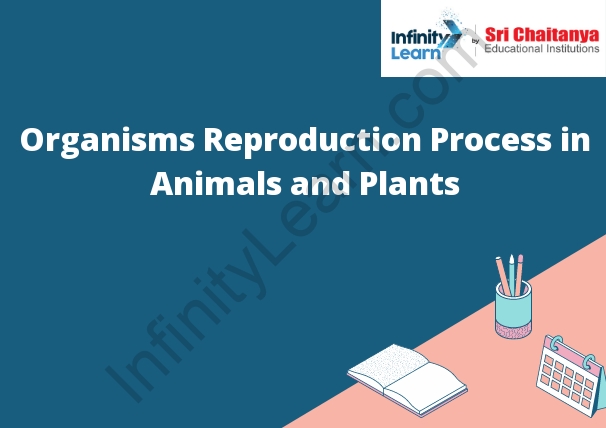Table of Contents
Asexual Reproduction
Asexual reproduction is a type of reproduction in which offspring are produced by a single parent, and inherit only a single copy of each gene from that parent. This type of reproduction can occur in single-celled organisms such as bacteria, or in multicellular organisms such as plants or animals.
In asexual reproduction, the parent organism produces genetically identical offspring. This is in contrast to sexual reproduction, in which offspring are produced by the fusion of two gametes (sex cells) and inherit genetic information from both parents.
Asexual reproduction is a simpler process than sexual reproduction and can occur more quickly. This can be an advantage in organisms that must reproduce rapidly to survive, such as bacteria.
A disadvantage of asexual reproduction is that it can lead to the accumulation of genetic errors, since there is no mechanism for correcting errors in the genome. This can lead to the development of genetic diseases.

Modes of Reproduction
Asexual reproduction is the process by which a single organism produces genetically identical offspring. There are many different ways that asexual reproduction can occur, but all of them involve the splitting of the original organism into two or more new organisms.
Binary fission is the most common type of asexual reproduction. In binary fission, the original organism splits in two, and each half becomes a new, genetically identical organism.
Another type of asexual reproduction is budding. In budding, a small outgrowth of the original organism splits off and becomes a new, genetically identical organism.
Another common type of asexual reproduction is fragmentation. Fragmentation occurs when the original organism splits into many small pieces, each of which becomes a new, genetically identical organism.
Some organisms can also reproduce asexually through parthenogenesis. In parthenogenesis, the organism produces new offspring without the need for fertilization.





